Home>Interior Design>Decorating Your Home With An Eco-conscious Approach
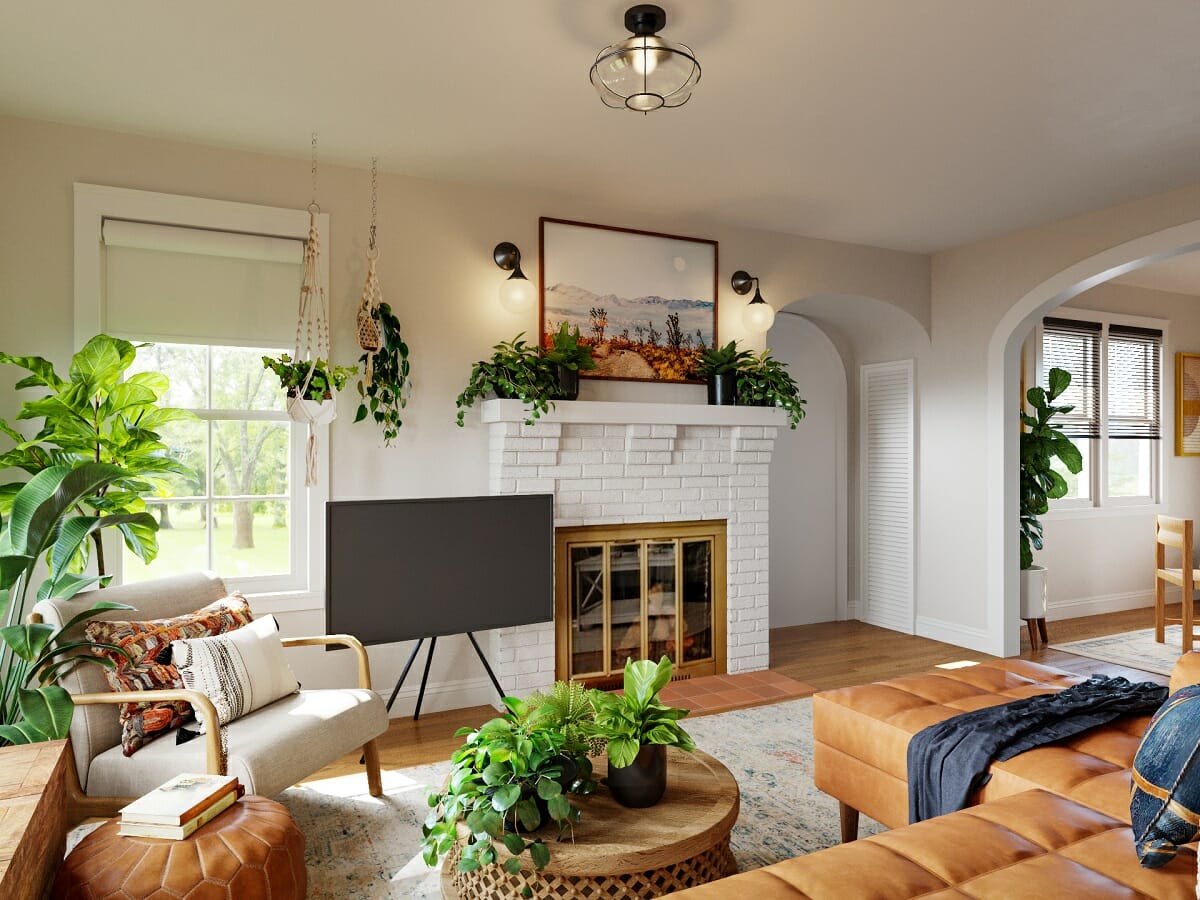

Interior Design
Decorating Your Home With An Eco-conscious Approach
Modified: October 20, 2024
Discover eco-friendly ways to decorate your home with an interior-design approach that promotes sustainability. Create a beautiful space while reducing your environmental impact.
(Many of the links in this article redirect to a specific reviewed product. Your purchase of these products through affiliate links helps to generate commission for Storables.com, at no extra cost. Learn more)
Introduction
Welcome to the world of eco-conscious decorating, where style meets sustainability. In today’s fast-paced society, it is more important than ever to be mindful of the impact we have on the environment. From reducing waste to utilizing renewable resources, there are countless ways we can create beautiful spaces that are not only aesthetically pleasing but also eco-friendly.
Decorating your home with an eco-conscious approach means making choices that minimize harm to the environment, conserve energy, and promote a healthier living environment. It involves selecting sustainable materials, incorporating upcycled furniture, using energy-efficient lighting, maximizing natural light, embracing biophilic design, and much more.
By adopting an eco-conscious mindset, you can contribute to the preservation of the planet while creating a stylish and inviting home. In this article, we will explore various tips and ideas to help you decorate your home with sustainability in mind.
Key Takeaways:
- Embrace eco-conscious decorating by choosing sustainable materials, upcycled furniture, and energy-efficient lighting to create a stylish and environmentally friendly home that reflects your commitment to a greener lifestyle.
- Maximize natural light, incorporate indoor plants, and opt for low VOC paints to create a harmonious and inviting space that connects you with nature and promotes a healthier, more balanced lifestyle.
Understanding Eco-conscious Decorating
Eco-conscious decorating is a design philosophy that focuses on creating beautiful living spaces while minimizing environmental impact. It involves making conscious choices about materials, resources, and energy consumption to create a sustainable and responsible environment.
One of the fundamental principles of eco-conscious decorating is the use of sustainable materials. This means opting for materials that are renewable, recyclable, or have a low environmental impact. For example, choosing furniture made from reclaimed wood or bamboo, which are fast-growing and renewable resources, reduces the demand for new materials and supports conservation efforts. Similarly, using organic textiles made from natural fibers like cotton or linen reduces the use of synthetic materials and chemicals.
Another aspect of eco-conscious decorating is the concept of upcycling. Instead of throwing away furniture or decor items, consider repurposing or refurbishing them. This not only reduces waste but also adds a unique and personalized touch to your home. You can give an old dresser a fresh coat of paint, turn vintage crates into storage solutions, or transform mason jars into trendy light fixtures.
Energy-efficient lighting is another essential element of eco-conscious decorating. Choose LED bulbs for your fixtures as they consume less energy and have a longer lifespan compared to traditional incandescent bulbs. Additionally, consider installing motion sensor lights or timers to automatically turn off lights when they are not needed, further reducing energy consumption.
Maximizing natural light is another way to minimize energy consumption and improve the overall ambiance of your home. Use sheer curtains or blinds that allow sunlight to filter through, and strategically place mirrors to reflect and spread natural light throughout the room. This not only reduces the need for artificial lighting but also creates a warm and inviting atmosphere.
Biophilic design is an innovative approach that brings nature indoors. It incorporates elements like indoor plants, natural materials, and organic shapes to create a connection with the natural world. In addition to adding beauty and freshness to your home, indoor plants also help purify the air, improve productivity, and reduce stress.
By understanding the principles and concepts behind eco-conscious decorating, you can make informed choices to create a sustainable and environmentally friendly home. In the following sections, we will delve into specific areas of eco-conscious decorating and explore different ideas and techniques to incorporate into your design.
Choosing Sustainable Materials
When it comes to eco-conscious decorating, choosing sustainable materials is key. By opting for materials that have a minimal impact on the environment, you can create a stylish and eco-friendly space.
One of the first considerations when selecting sustainable materials is to look for options that are renewable. This means choosing materials that can be replenished at a rate equal to or faster than they are consumed. For example, bamboo is an excellent choice for furniture, flooring, and accessories, as it is a fast-growing grass that can be harvested sustainably.
Another important factor to consider is choosing materials that are recyclable or biodegradable. This ensures that they can be diverted from landfills at the end of their life cycle. For instance, when selecting textiles for upholstery or curtains, look for organic fabrics made from natural fibers like cotton, linen, or hemp. These materials are not only biodegradable but also free from harmful chemicals.
Reclaimed or salvaged materials are also great options for sustainable decorating. These materials are obtained from previous structures or items and repurposed into new designs. Reclaimed wood can be used for furniture, flooring, or accent walls, creating a unique and environmentally friendly look.
It’s essential to consider the production process of materials as well. Opt for materials that require less energy and water to manufacture. For example, recycled glass countertops or tiles are a sustainable alternative to traditional options.
Additionally, pay attention to certifications and labels that indicate sustainable practices. Look for materials certified by organizations like the Forest Stewardship Council (FSC) for wood products, Cradle to Cradle for overall sustainability, or the Global Organic Textile Standard (GOTS) for textiles. These certifications ensure that the materials were produced with minimal environmental impact.
Lastly, consider the durability and longevity of materials. Choosing high-quality materials that are built to last reduces the need for replacements, which ultimately reduces waste. Investing in durable furniture made from solid wood or metal, for example, contributes to the longevity of your home decor.
By consciously selecting sustainable materials, you can create a beautiful and environmentally friendly home that reflects your values and commitment to a greener lifestyle. Whether it’s using renewable resources, opting for recyclable materials, or choosing reclaimed options, every small choice you make can have a positive impact on the planet.
Incorporating Upcycled Furniture
Upcycled furniture is a fantastic way to add creativity, character, and sustainability to your home. By repurposing old furniture or transforming discarded items into new pieces, you can create unique and environmentally friendly decor.
One of the benefits of upcycled furniture is that it reduces waste by giving new life to items that would otherwise end up in a landfill. You can find inspiration in thrift stores, flea markets, or even in your own attic. Look for solid wood pieces or sturdy metal frames that can be transformed with a little creativity and elbow grease.
Refinishing is a common way to upcycle furniture. By stripping away old finishes, sanding the surfaces, and applying a fresh coat of paint or stain, you can completely transform the look of a piece. Choose low VOC or zero VOC paints and finishes to ensure that the process is environmentally friendly and does not release harmful chemicals into your home.
Another popular upcycling technique is reupholstering. With some fabric and basic sewing skills, you can give new life to worn-out chairs, sofas, or ottomans. Look for durable, sustainably sourced fabrics made from natural fibers. Not only will this refresh the look of your furniture, but it will also extend its lifespan.
If you’re feeling particularly adventurous, consider repurposing items in unexpected ways. For example, an old ladder can be turned into a unique bookshelf, while vintage suitcases can be stacked to create a stylish storage solution. The possibilities are endless when it comes to upcycling.
Incorporating upcycled furniture into your home not only adds a touch of creativity and personality but also reduces your carbon footprint. By giving new life to old furniture, you contribute to sustainable practices and show that style can be achieved without harming the environment.
Don’t limit yourself to just furniture when upcycling. You can also repurpose other items like wine bottles, tin cans, or mason jars into creative and functional decor pieces. With a little imagination, you can transform everyday objects into unique works of art.
So the next time you come across a piece of furniture or an item you no longer use, think about how you can upcycle it instead of throwing it away. By incorporating upcycled furniture into your home, you’ll not only save money but also make a positive impact on the environment.
Using Energy-Efficient Lighting
Lighting plays a crucial role in our homes, setting the mood and enhancing the overall aesthetic. When it comes to eco-conscious decorating, using energy-efficient lighting is not only environmentally friendly but also helps reduce energy consumption and lower electricity bills.
One of the most common types of energy-efficient lighting is LED (Light Emitting Diode) bulbs. LED bulbs use up to 80% less energy than traditional incandescent bulbs and can last significantly longer, making them an excellent choice for sustainable lighting. Although LED bulbs may be more expensive upfront, their long lifespan and energy-saving benefits make them a cost-effective option in the long run.
In addition to their energy efficiency, LED bulbs are available in a range of color temperatures and hues, allowing you to create the desired ambiance in your living spaces. Whether you prefer warm and cozy lighting or bright and cool tones, LED bulbs offer versatility to suit your needs.
Another energy-efficient lighting option to consider is compact fluorescent lamps (CFLs). While not as efficient as LED bulbs, CFLs are still a significant improvement over traditional incandescent bulbs, using about 75% less energy. CFLs are available in various shapes and sizes, making them suitable for most lighting fixtures.
To maximize the energy-saving benefits of energy-efficient lighting, it’s important to be mindful of how you use it. Install dimmer switches or use smart lighting systems that allow you to adjust the brightness according to your needs. This way, you can conserve energy by only using the amount of light necessary for the task at hand.
Don’t forget about natural light! One of the best ways to reduce energy consumption and create a pleasant atmosphere is by maximizing natural light in your home. Use sheer curtains or blinds that allow sunlight to filter through while still providing privacy. Place mirrors strategically to reflect and amplify natural light throughout the space. By utilizing natural light during the day, you can minimize the need for artificial lighting.
Lastly, make it a habit to turn off lights when they are not in use, especially in rooms that are unoccupied. This simple action can lead to significant energy savings over time. Additionally, consider installing motion sensor lights in areas such as hallways or bathrooms. These lights automatically turn on when someone enters the space and turn off when no motion is detected.
By embracing energy-efficient lighting solutions, you can create a sustainable and eco-friendly home environment. Not only will you reduce your carbon footprint and save on energy costs, but you’ll also create a warm and inviting atmosphere for yourself and your loved ones.
Read more: Green Living: Eco-Friendly Home Makeovers
Maximizing Natural Light
Natural light has a profound impact on our well-being and the overall ambiance of our homes. Maximizing natural light not only helps reduce the need for artificial lighting but also creates a more inviting and visually appealing space. Here are some tips to help you make the most of the natural light in your home.
Start by evaluating the layout and positioning of your windows. Identify which areas of your home receive the most sunlight throughout the day. These areas should be maximized to allow as much natural light as possible. Consider removing any obstructions such as furniture or heavy drapes that may block the light from entering the room.
Choose light-colored or sheer curtains that allow sunlight to filter through. Dense and dark-colored curtains may accentuate privacy but can block a significant amount of natural light. Opt for materials that are light and airy, allowing the sunlight to brighten your space while maintaining privacy when needed.
Another way to maximize natural light is by strategically placing mirrors in your home. Mirrors reflect and bounce light around the room, creating the illusion of a larger and brighter space. Place mirrors across from windows or in corners where they can capture and reflect the natural light into darker areas.
Consider incorporating light-reflecting surfaces into your home decor. Choose materials like glass, polished metals, or glossy tiles for countertops, backsplashes, or accent pieces. These surfaces will help bounce light around the room, making it feel brighter and more open.
Trim any overgrown shrubs or trees that may be obstructing the natural light from entering your home. It’s important to strike a balance between maintaining privacy and allowing sunlight to penetrate the space. Keep plants trimmed and positioned in a way that doesn’t block valuable natural light.
If privacy isn’t a major concern, consider using frosted or translucent window films instead of curtains or blinds. These films allow light to filter through while providing a level of privacy. They come in various patterns and designs, allowing you to maintain the aesthetic of your space while maximizing natural light.
Finally, make it a habit to keep your windows clean, both inside and out. Dust, dirt, and grime can inhibit the amount of light that enters your home. Regularly cleaning the windows will allow for maximum light penetration and enhance the overall visual appeal of your space.
By implementing these strategies, you can make the most out of the natural light in your home. Maximizing natural light not only reduces the need for artificial lighting, but it also creates a warm and inviting atmosphere that enhances the overall beauty and liveliness of your space.
When decorating your home with an eco-conscious approach, choose sustainable materials such as bamboo, reclaimed wood, and recycled glass to reduce your environmental impact.
Indoor Plants and Biophilic Design
Bringing the beauty of nature indoors through the use of indoor plants and biophilic design is not only visually appealing but also promotes a sense of well-being and connection with the natural world. Incorporating indoor plants and embracing biophilic design principles can have numerous benefits for your home and overall health.
Indoor plants are not only aesthetically pleasing but also contribute to improved air quality. They naturally filter the air by absorbing harmful volatile organic compounds (VOCs) and releasing oxygen. Some plants, such as the Boston fern or the snake plant, are particularly effective at purifying indoor air, making them excellent choices for indoor spaces.
In addition to their air-purifying qualities, indoor plants also have a calming effect on our minds and bodies. Research has shown that being in the presence of plants can reduce stress levels and improve cognitive function. Incorporating plants into your home can create a serene and tranquil environment, promoting relaxation and overall well-being.
Biophilic design takes the concept of incorporating nature indoors a step further. It seeks to create a connection with nature through the use of organic shapes, natural materials, and visual elements inspired by the outdoors. Biophilic design principles can be applied in various ways, such as incorporating natural textures like wood or stone, using colors found in nature, and incorporating water features or indoor gardens.
One of the key elements of biophilic design is the presence of greenery and living elements. This can be achieved by integrating living walls or vertical gardens into your space. These vertical installations not only add visual interest and a sense of lushness but also improve indoor air quality and promote a closer connection to nature.
When incorporating indoor plants and biophilic design, it’s essential to consider the lighting requirements of the plants. Different plants thrive in different lighting conditions, so it’s important to choose the right plants for the available natural light in your home. Some plants, such as the ZZ plant or the pothos, are more tolerant of low-light conditions, while others, such as succulents, thrive in bright, indirect light.
Don’t limit yourself to just traditional potted plants. Consider other creative ways to incorporate greenery into your home, such as terrariums, hanging planters, or even a mini indoor herb garden. These alternatives can add a unique and dynamic touch to your space.
By bringing indoor plants into your home and embracing biophilic design principles, you can create a harmonious and inviting space that connects you with nature. Whether it’s a small potted plant on your desk or a sprawling indoor garden, incorporating greenery into your living environment enhances the beauty of your home and promotes a healthier, more balanced lifestyle.
Low VOC Paints and Eco-Friendly Wallpapers
When it comes to decorating your home with an eco-conscious approach, considering the impact of your wall coverings is essential. Opting for low VOC (Volatile Organic Compounds) paints and eco-friendly wallpapers can have a significant positive impact on both the environment and your indoor air quality.
Traditional paints often contain high levels of VOCs, which can emit harmful gases into the air even after the paint has dried. These emissions can contribute to indoor air pollution and pose health risks, especially for those with respiratory conditions or sensitivities. Switching to low VOC paints significantly reduces the emission of these harmful gases, creating a healthier living environment.
Low VOC paints are available in a variety of colors and finishes, making it easy to find the perfect shade for your walls. They are water-based, rather than solvent-based, which not only reduces VOC emissions but also makes them easier to clean up with soap and water. Look for paints labeled as “low VOC” or “zero VOC” to ensure they meet environmentally friendly standards.
Eco-friendly wallpapers offer another sustainable option for adding color and texture to your walls. These wallpapers are made from recycled or sustainably sourced materials and are often printed using water-based inks or natural dyes. They are free from PVC (polyvinyl chloride), which is commonly found in conventional wallpapers and is known for its environmental impact.
When selecting eco-friendly wallpapers, look for certifications such as FSC (Forest Stewardship Council) and Greenguard, which ensure that the production and manufacturing processes meet strict environmental and health standards. These certifications guarantee that the wallpapers are produced using responsible forestry practices and have minimal impact on indoor air quality.
In addition to being more environmentally friendly, low VOC paints and eco-friendly wallpapers offer a wide range of design options. They come in various colors, patterns, and textures, allowing you to create a personalized and stylish space while prioritizing sustainability.
Before painting or wallpapering, it’s important to properly prepare your walls to ensure a smooth and long-lasting finish. Clean the surface thoroughly to remove any dirt or debris, and repair any imperfections or cracks. This will help the paint or wallpaper adhere properly and extend its lifespan.
By choosing low VOC paints and eco-friendly wallpapers, you can create a beautiful and eco-conscious home. Not only are you reducing the release of harmful chemicals into the environment, but you are also contributing to a healthier indoor living space for you and your family.
Remember to always follow the manufacturer’s instructions when painting or installing wallpaper, and dispose of any leftover materials responsibly, following local recycling guidelines if applicable.
Sustainable Flooring Options
When it comes to eco-conscious decorating, choosing sustainable flooring is a crucial step. Flooring materials can have a significant impact on the environment, from the production process to their longevity and disposal. By selecting sustainable flooring options, you can create a beautiful and eco-friendly foundation for your home.
One popular sustainable flooring choice is bamboo. Bamboo is a fast-growing grass that reaches maturity in just a few years, making it highly renewable. Bamboo flooring is available in a variety of finishes and styles, offering a natural and warm aesthetic to any room. It is durable, resistant to moisture, and can be a cost-effective alternative to hardwood.
Cork is another environmentally friendly flooring option. It is made from the bark of cork oak trees, which naturally regenerate after harvesting. Cork flooring is soft, comfortable underfoot, and provides excellent insulation. It is also resistant to mold, mildew, and pests, making it a practical choice for areas with high humidity.
Reclaimed wood flooring is a sustainable choice that gives new life to old materials. Salvaged from old buildings, barns, or warehouses, reclaimed wood provides a unique and rustic look. By repurposing existing wood, you help reduce the demand for new lumber and minimize deforestation.
Linoleum flooring is an eco-friendly option that has been used for over a century. It is made from natural materials such as linseed oil, wood flour, and cork dust, which are renewable and biodegradable. Linoleum is durable, easy to maintain, and comes in a variety of colors and patterns to suit different design aesthetics.
For a more modern and industrial look, consider concrete flooring. Concrete is a versatile and sustainable material that can be polished and sealed to create a durable and low-maintenance flooring option. Additionally, it has high thermal mass, meaning it can absorb and release heat, helping regulate indoor temperatures naturally.
When choosing sustainable flooring options, it’s important to consider the production process and certifications. Look for flooring products that carry certifications such as the Forest Stewardship Council (FSC) for wood products or FloorScore for low VOC emissions. These certifications ensure that the flooring is sourced and manufactured in an environmentally responsible manner.
Proper installation and maintenance are also imperative for sustainable flooring options. Hire professional installers who understand the specific requirements of each type of flooring. Follow manufacturer guidelines for cleaning and maintenance, and be diligent in addressing any damage or repairs promptly to extend the lifespan of your floors.
By choosing sustainable flooring options, you not only create an eco-friendly living space but also contribute to the reduction of waste and environmental impact. Whether you opt for bamboo, cork, reclaimed wood, linoleum, or concrete, selecting sustainable flooring is a step towards a greener and more sustainable home.
Efficient Water Use and Eco-Friendly Plumbing Fixtures
When it comes to eco-conscious decorating, it’s important to consider not only the aesthetics of your home but also its functionality and impact on resource consumption. Efficient water use and eco-friendly plumbing fixtures play a significant role in reducing water waste and promoting sustainable practices within your home.
One of the first steps towards efficient water use is to identify and fix any leaks in your plumbing system. Even small leaks can waste a significant amount of water over time. Regularly check faucets, toilets, and pipes for any signs of leaks and promptly repair them to prevent unnecessary water loss.
Installing water-saving fixtures is another effective way to reduce water consumption. Low-flow toilets, for example, use less water per flush compared to traditional models without compromising performance. Dual-flush toilets offer even greater water efficiency by providing two flushing options – one for liquid waste and another for solid waste.
Faucet aerators are small attachments that can be easily installed on faucets. They reduce water flow by adding air to the water stream, which helps conserve water without sacrificing water pressure. Showerheads with low-flow options are also available, providing a satisfying shower experience while using less water.
Consider incorporating a greywater system into your home. Greywater is wastewater from sources like sinks, showers, and laundry that can be treated and reused for purposes like toilet flushing or irrigation. By diverting and treating greywater, you can significantly reduce the demand for fresh water and lessen the strain on water resources.
Rainwater harvesting is another eco-friendly practice that can help reduce reliance on municipal water supplies. Install a rainwater collection system to capture and store rainwater for non-potable uses, such as watering plants or outdoor cleaning. By harvesting rainwater, you not only conserve water but also reduce stormwater runoff and potential water pollution.
When choosing plumbing fixtures, opt for products that have earned the WaterSense label. WaterSense is a certification program by the Environmental Protection Agency (EPA) that identifies water-efficient products meeting strict standards of performance and efficiency. Look for WaterSense-labeled faucets, showerheads, and toilets to ensure that you are selecting eco-friendly options for your home.
Being mindful of your water use habits is equally important. Encourage shorter showers, turn off the faucet while brushing your teeth or washing dishes, and only run the dishwasher or washing machine with full loads. These simple habits can make a significant impact on water conservation.
Lastly, consider integrating smart technology into your plumbing system. Smart irrigation controllers, for example, utilize weather data and soil moisture sensors to optimize irrigation schedules and reduce water waste. Smart leak detectors can alert you to potential leaks, allowing for quicker repairs and minimized water damage.
By focusing on efficient water use and investing in eco-friendly plumbing fixtures, you can contribute to water conservation efforts and reduce your environmental footprint. These small changes and conscious choices can make a significant difference in preserving water resources and promoting a sustainable home.
Recycling and Waste Management
Recycling and proper waste management are integral components of eco-conscious decorating. By implementing effective recycling practices and adopting responsible waste management strategies, you can significantly reduce your environmental impact and contribute to a more sustainable home.
One of the first steps towards successful recycling is setting up designated recycling stations within your home. Place separate bins or containers for different types of recyclable materials, such as paper, plastic, glass, and metal. This makes it convenient for occupants to sort and dispose of recyclables correctly.
Be sure to check your local recycling guidelines to understand what materials are accepted for recycling in your area. Different municipalities have specific rules and regulations, so it’s important to stay informed to ensure that your recyclables can be properly processed.
Reduce waste by practicing mindful consumption. Before making a purchase, ask yourself if you truly need the item and if it aligns with your eco-conscious values. Consider buying products with minimal packaging or that have sustainable and recyclable packaging materials.
Opt for reusable alternatives whenever possible. Replace single-use plastic items with reusable ones, such as water bottles, shopping bags, and food containers. These small changes can significantly reduce the amount of waste generated in your home.
Composting is another effective waste management strategy that can significantly reduce the amount of organic waste sent to landfills. Set up a composting system in your backyard or consider using a composting bin specifically designed for indoor use. Compostable materials, such as fruit and vegetable scraps, coffee grounds, and yard waste, can be transformed into nutrient-rich soil that can be used in your garden.
Properly disposing of hazardous waste is essential for protecting the environment and human health. Examples of hazardous waste include batteries, electronics, and certain cleaning products. Research recycling events or drop-off centers in your area that handle hazardous waste disposal and ensure that these items are not thrown into the regular trash.
Take advantage of local recycling programs and initiatives. Many communities offer recycling centers, curbside pickup services, or specific collection days for bulk items or hazardous waste. Stay informed about these resources and participate actively to promote recycling in your community.
Encourage and educate your household members about the importance of recycling and waste management. Make it a family effort to ensure that everyone understands the proper sorting and disposal of recyclables and waste. This creates a culture of environmental responsibility within your home.
By prioritizing recycling and responsible waste management, you can significantly reduce the amount of waste that ends up in landfills. This contributes to the conservation of resources, the reduction of pollution, and the protection of natural ecosystems.
Remember that eco-conscious decorating goes beyond the aesthetics of your home. It’s about creating a sustainable and responsible living environment that respects and preserves the natural world. By implementing recycling and waste management practices, you play an active role in safeguarding our planet for future generations.
Conclusion
In conclusion, decorating your home with an eco-conscious approach not only allows you to create a beautiful and inviting space but also promotes sustainability and reduces your environmental impact. By understanding and implementing various strategies, you can transform your home into a haven that aligns with your values of conservation and responsible living.
From choosing sustainable materials and incorporating upcycled furniture to maximizing natural light and embracing biophilic design, there are countless ways to infuse eco-consciousness into your home decor. Each decision, no matter how small, can have a positive impact on the planet.
Opting for low VOC paints, eco-friendly wallpapers, and sustainable flooring options not only enhances the aesthetics of your home but also ensures that the production and disposal of these materials are ecologically responsible. By selecting water-saving plumbing fixtures and adopting efficient water use practices, you can significantly reduce water waste and conserve this precious resource.
Recycling and proper waste management play a crucial role in maintaining a sustainable home. By setting up recycling stations, practicing mindful consumption, and composting organic waste, you can greatly reduce the amount of waste sent to landfills and contribute to a circular economy.
It is important to remember that eco-conscious decorating is not just a one-time effort but an ongoing commitment. Continuously educate yourself about sustainable practices, stay informed about new eco-friendly products and technologies, and continue to make conscious choices that prioritize the health of the planet.
By embracing an eco-conscious approach to decorating, you are not only creating a better home for yourself and your loved ones, but you are also making a positive impact on the environment. Let your home be a place where sustainability, beauty, and functionality coexist harmoniously, showcasing your commitment to a greener and more sustainable future.
So go ahead and embark on your journey of eco-conscious decorating. Let your home be a reflection of your values, where style meets sustainability, and where every choice you make contributes to a brighter and more sustainable world.
Frequently Asked Questions about Decorating Your Home With An Eco-conscious Approach
Was this page helpful?
At Storables.com, we guarantee accurate and reliable information. Our content, validated by Expert Board Contributors, is crafted following stringent Editorial Policies. We're committed to providing you with well-researched, expert-backed insights for all your informational needs.

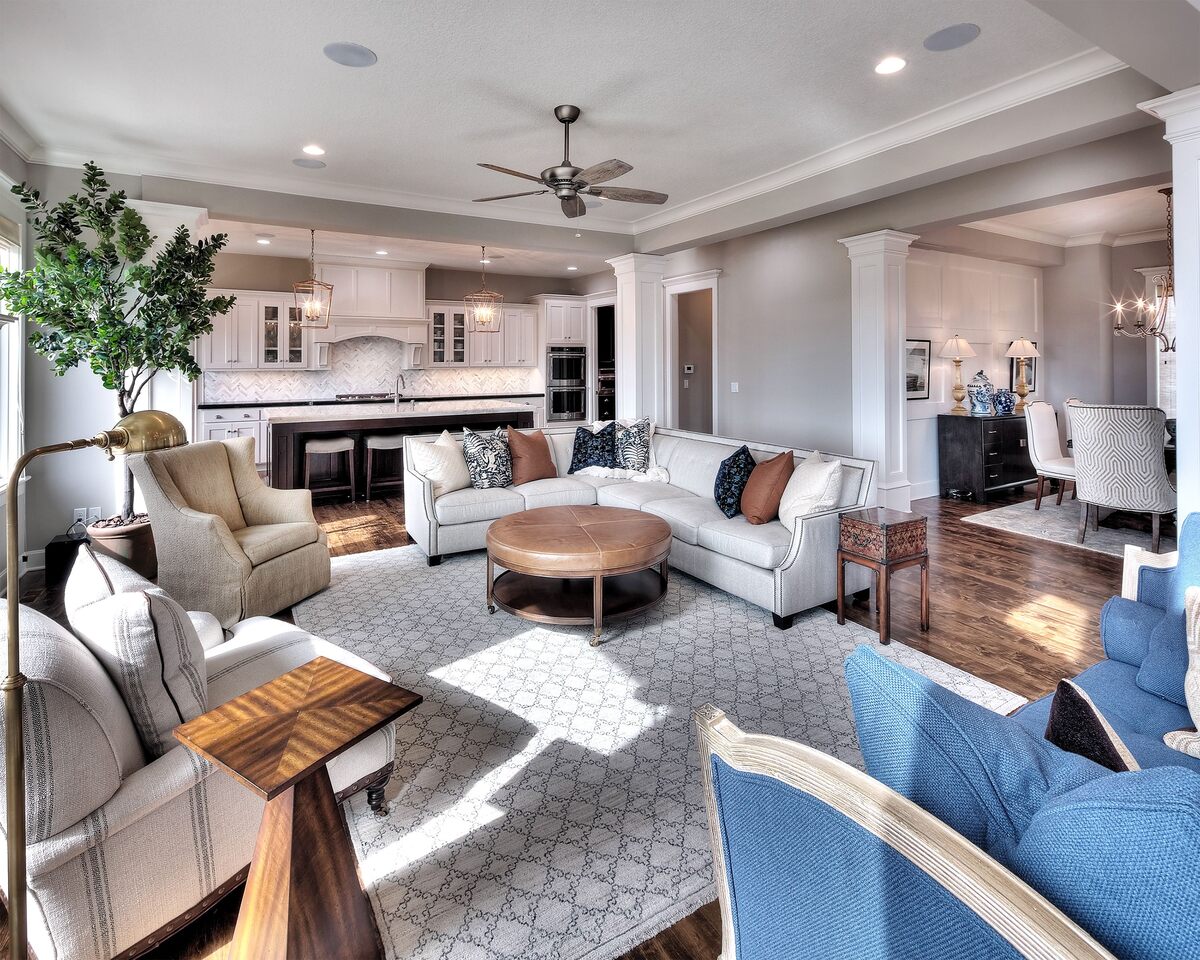

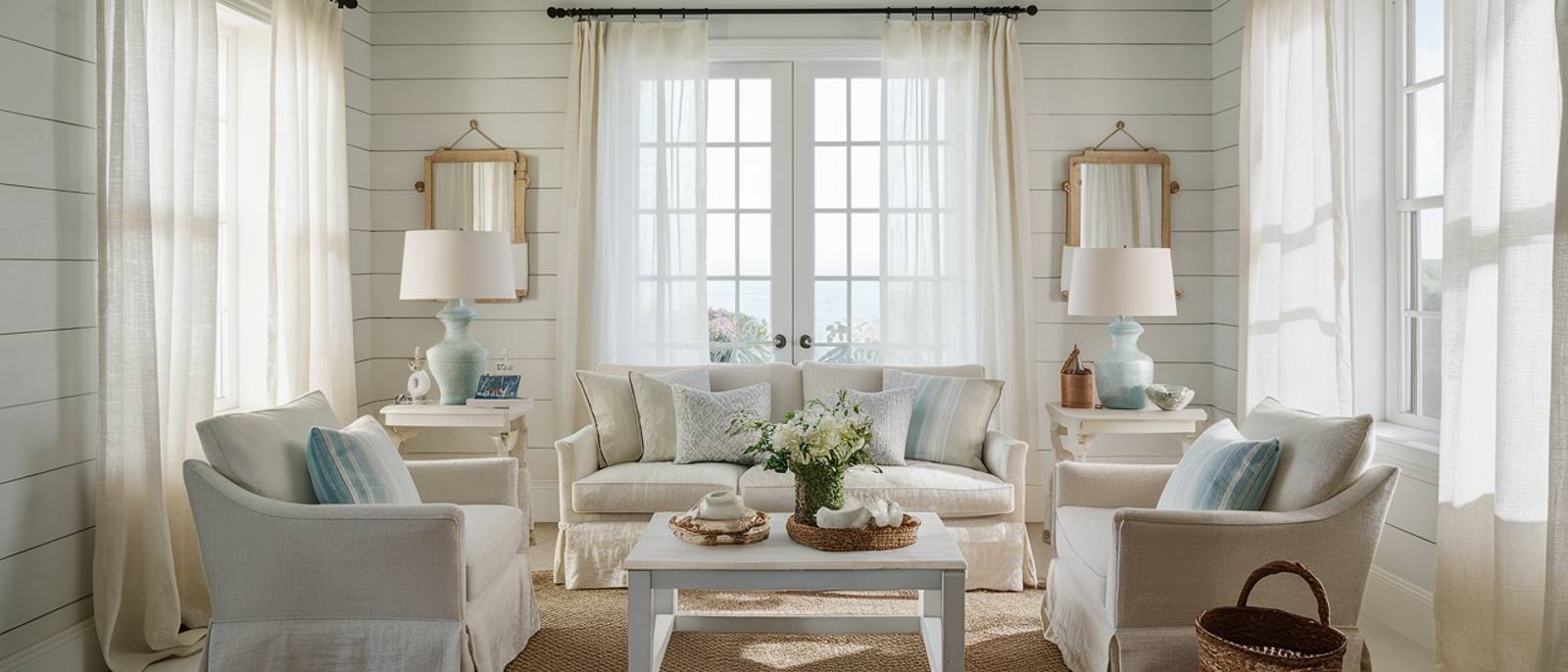
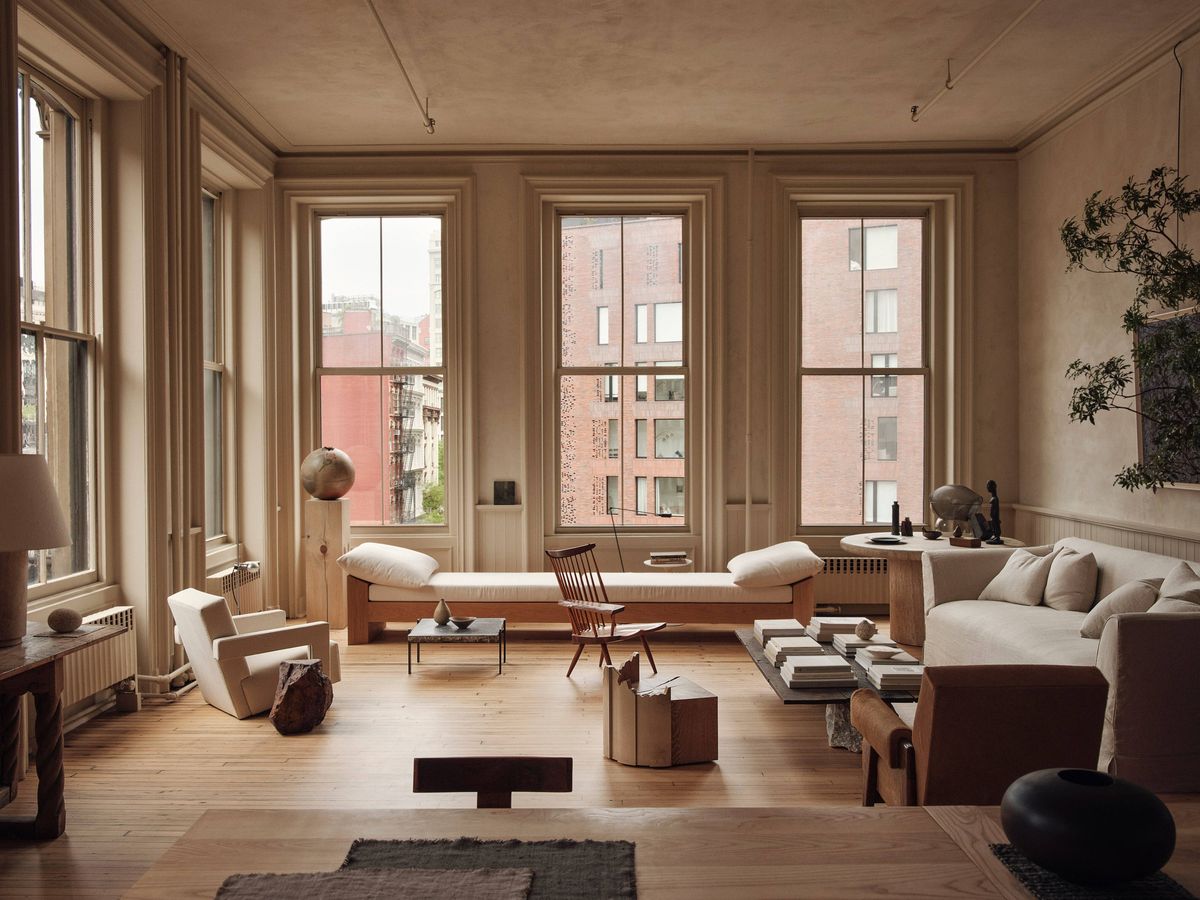
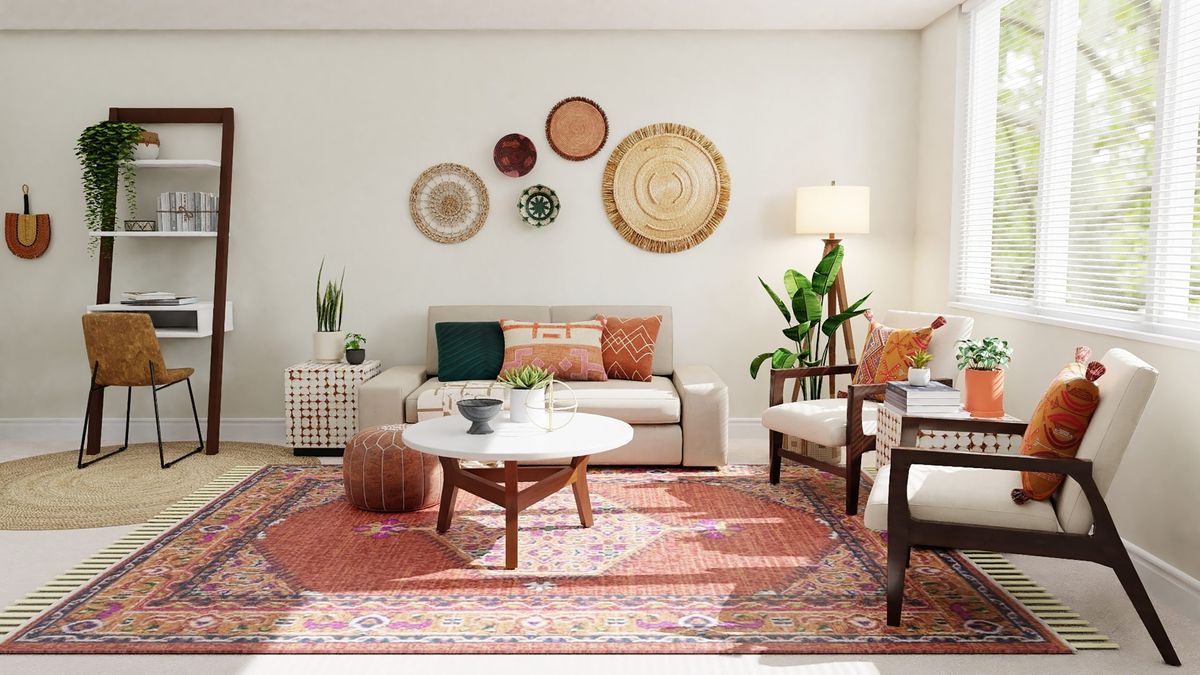

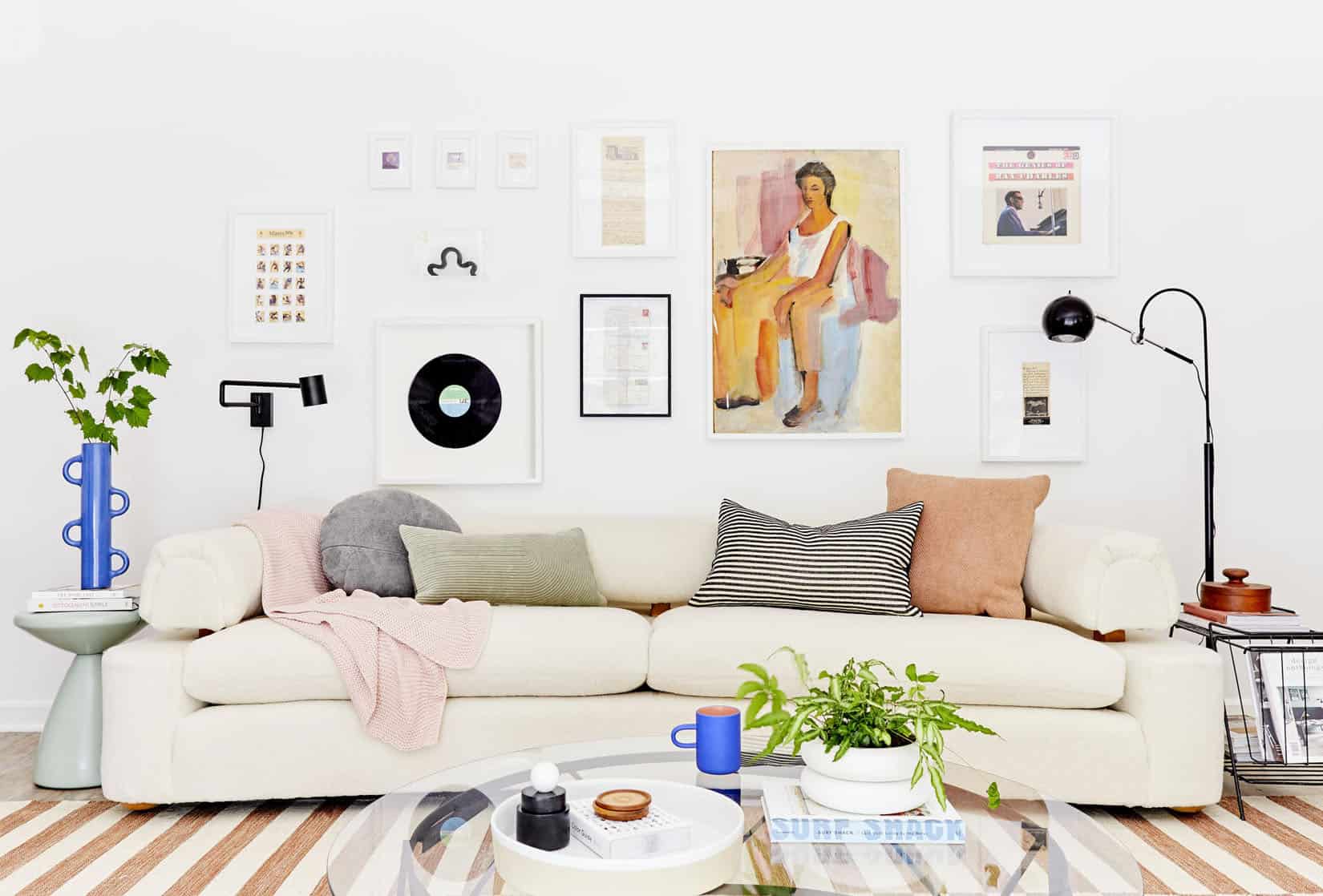

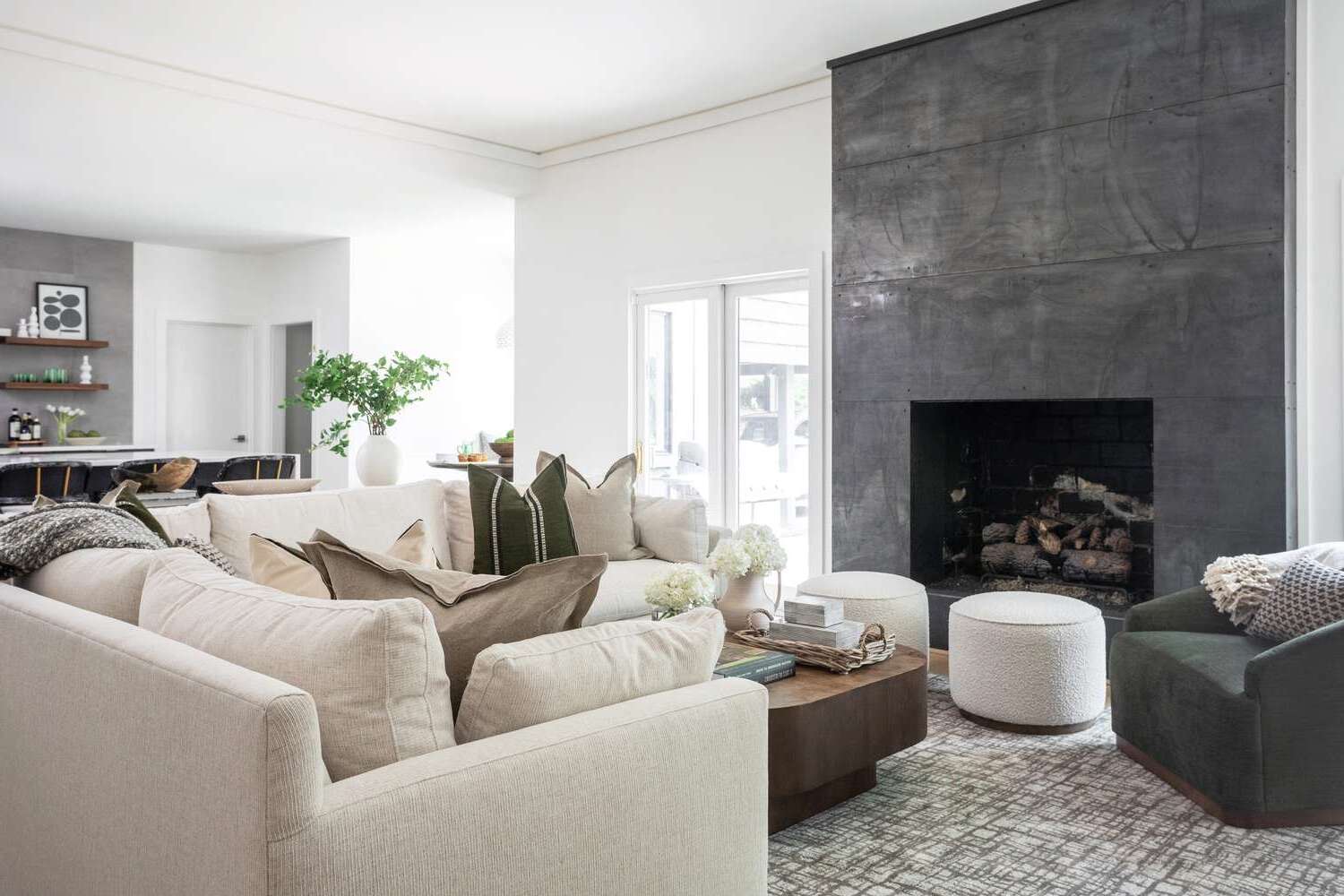
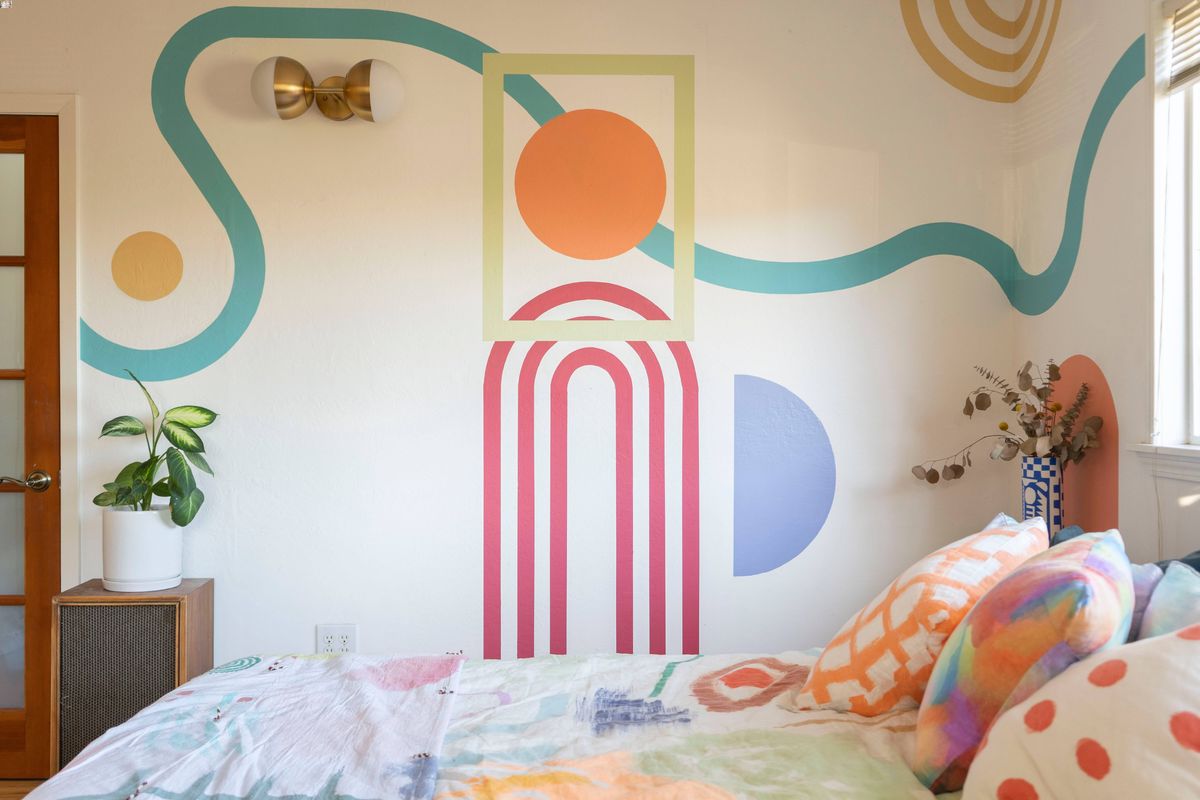
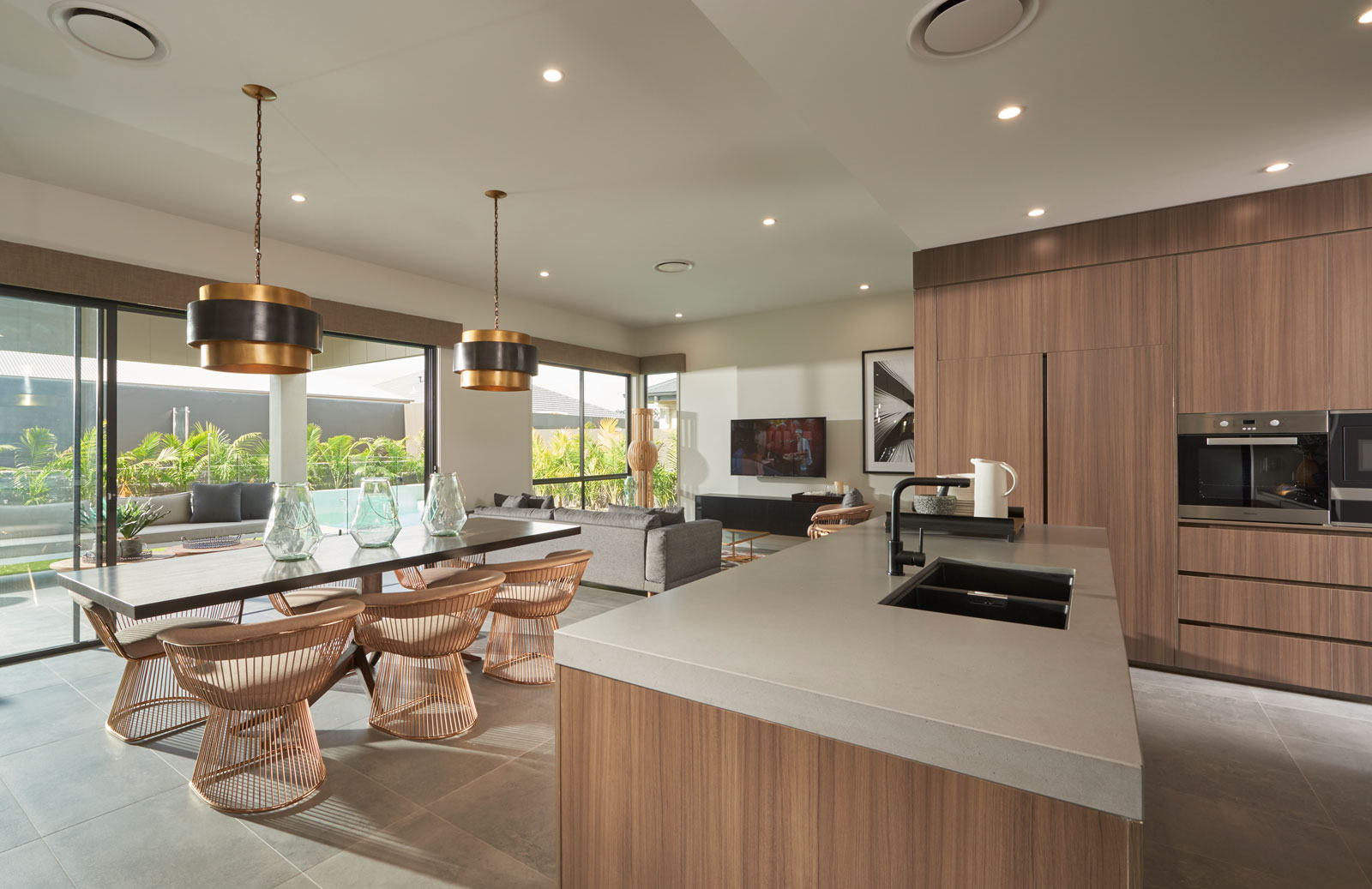


0 thoughts on “Decorating Your Home With An Eco-conscious Approach”